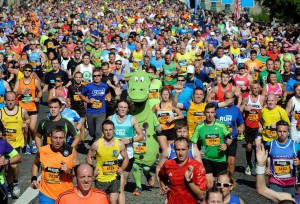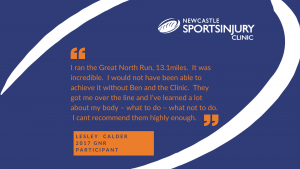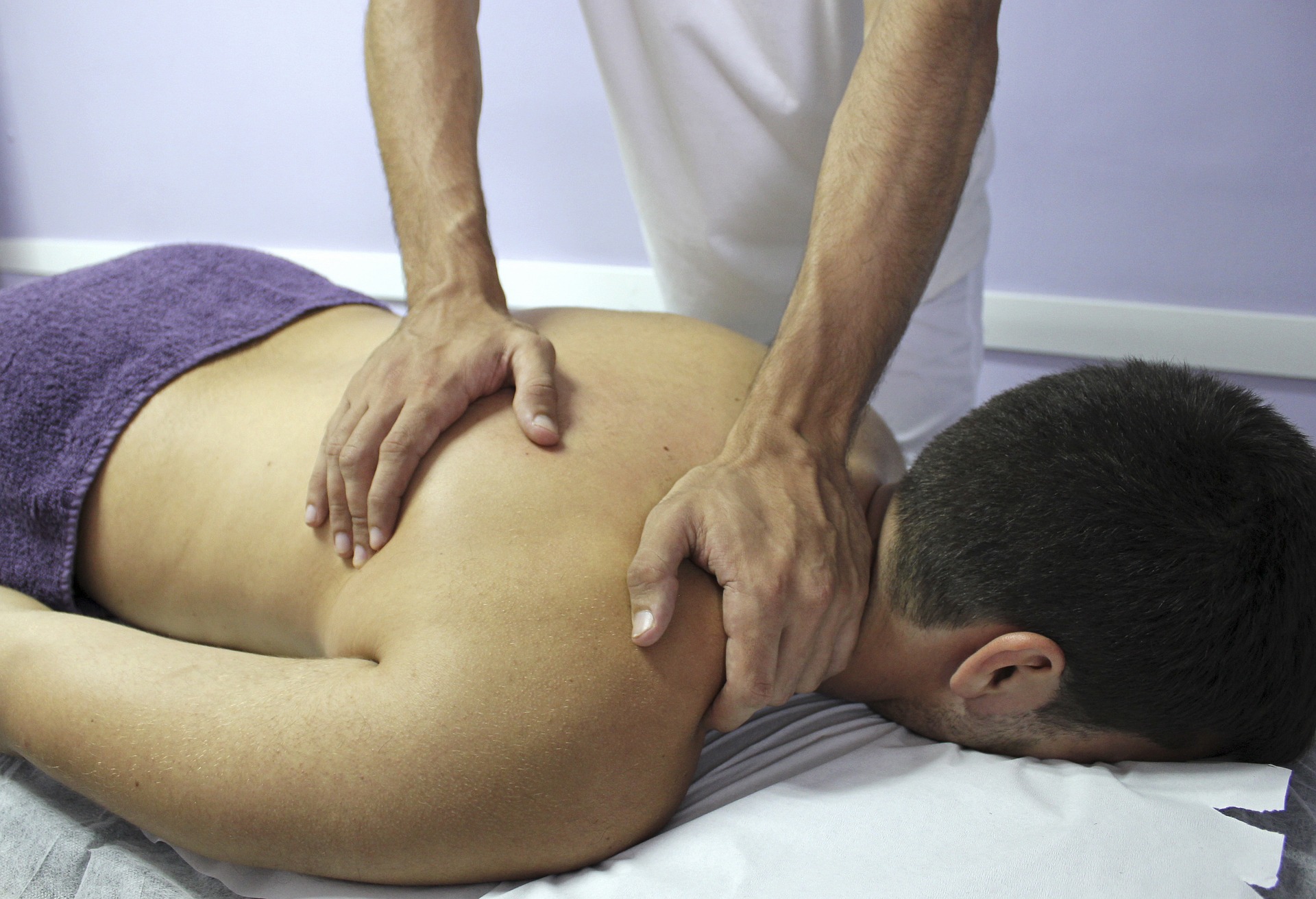With just a few weeks to go until the 2018, Simply Health, Great North Run, Niamh McLaughlin, Physiotherapist and Pam Hindmoor, Podiatrist at Newcastle Sports Injury Clinic would like to share some advice with regards to running injuries and when to seek the support of a therapist.
Whether you are a sea soned or novice runner, these next few weeks will see an increase in training whether that’s, speed, distance or intensity in order to make your final preparations! Evidence suggests it is best practice to increase your mileage by 10% per week (Barton, 2017), so hopefully you will already be well on your way to reaching your goal or target for the run!
soned or novice runner, these next few weeks will see an increase in training whether that’s, speed, distance or intensity in order to make your final preparations! Evidence suggests it is best practice to increase your mileage by 10% per week (Barton, 2017), so hopefully you will already be well on your way to reaching your goal or target for the run!
Sometimes training doesn’t always go perfectly to plan, and it is common for runners to start to feel some ‘niggles’, or previous injuries may present themselves again. Sometimes increases or ‘spikes’ in training lead to what therapists at Newcastle Sports Injury Clinic call overload injuries, where muscles or tendons may not be able to tolerate these sudden load increases (Khan & Scott, 2009).
 In previous years we have commonly seen runners with injuries in the clinic, the week before the race. Although we may be able to make a small impact in this time, it would be more beneficial to come to see us as soon as these niggles or injuries present. This will give us, and you, the maximum amount of time to make a positive impact in your training, and help you achieve your goals and targets for the race. Commonly affected areas we see in runners include knees, achilles, hips, and also shins, calves and hamstrings too.
In previous years we have commonly seen runners with injuries in the clinic, the week before the race. Although we may be able to make a small impact in this time, it would be more beneficial to come to see us as soon as these niggles or injuries present. This will give us, and you, the maximum amount of time to make a positive impact in your training, and help you achieve your goals and targets for the race. Commonly affected areas we see in runners include knees, achilles, hips, and also shins, calves and hamstrings too.
The experienced therapists at Newcastle Sports Injury Clinic are able to provide appropriate treatments and advise around strategies to increase your ability to deal with injuries. Massage therapy can be very beneficial to runners and therapists here would recommend that regular massage is included in training plans to help prevent injuries occurring. In addition, exercise therapy has been widely adopted when treating injured runners and possesses a huge growing evidence base (Lauersen et al., 2014, Yeung et al., 2011). Again, our therapists are able to provide the correct exercises to address any deficits and target any affected muscles or joints in order to strengthen them appropriately.
Our podiatrists are also able to advise you on caring for your feet. As you increase your training your feet will need to be in peak condition, so they can support you over the finish line. We can help with common foot problems such as, corns, blisters, callus build up and verrucae, which can all be painful and can affect your run.
Well fitting footwear is important for many reasons and can help prevent injury to the foot. We can advise on fitting and lacing of running shoes to protect your feet as you increase your distance and running frequency.
While we do extend the opening hours at our Newcastle city centre clinic in the week prior to the run, we strongly advise that you give us, and yourself, as much time as possible to make a positive difference to whatever niggle or injury you may have.
Don’t let injury stop you crossing the finish line, come and see us as soon as possible.
References
Barton, C. J. (2017). Managing RISK when treating the injured runner with running retraining, load management and exercise therapy.
Khan, K. M., & Scott, A. (2009). Mechanotherapy: How physical therapists’ prescription of exercise promotes tissue repair. British Journal of Sports Medicine, 43(4)
Lauersen, J. B., Bertelsen, D. M., & Andersen, L. B. (2014). The effectiveness of exercise interventions to prevent sports injuries: a systematic review and meta-analysis of randomised controlled trials. Br J Sports Med, 48(11), 871-877.
Yeung, S. S., Yeung, E. W., & Gillespie, L. D. (2011). Interventions for preventing lower limb soft-tissue running injuries.

